At the opening of Rembrandt: The Late Works at the National Gallery (until 18 January), I met a painter friend of mine in the final room. This was, he said, one of the most magnificent exhibitions he had seen in his entire life, which — considering he is perhaps 70 and a frequent visitor of galleries — was praise indeed (and entirely deserved).
Already a subscriber? Log in
Subscribe for just $2 a week
Try a month of The Spectator Australia absolutely free and without commitment. Not only that but – if you choose to continue – you’ll pay just $2 a week for your first year.
- Unlimited access to spectator.com.au and app
- The weekly edition on the Spectator Australia app
- Spectator podcasts and newsletters
- Full access to spectator.co.uk
Or
Unlock this article
Martin Gayford was The Spectator’s art critic from 1994 to 2002, and returns to the job this week.

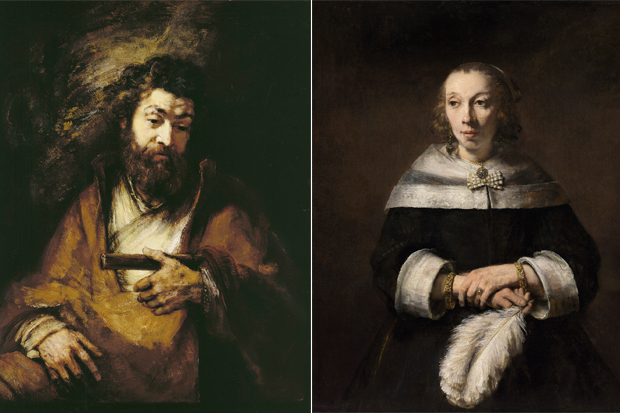
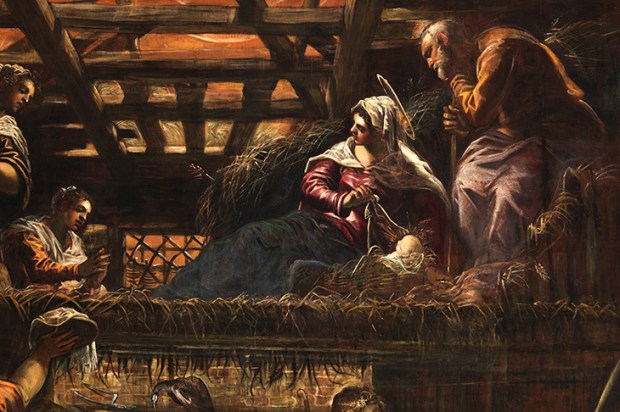
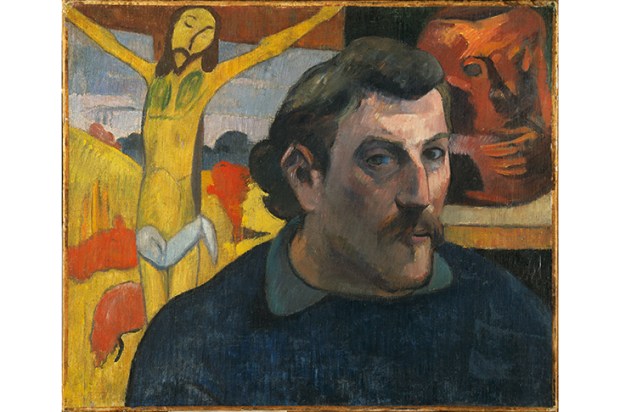
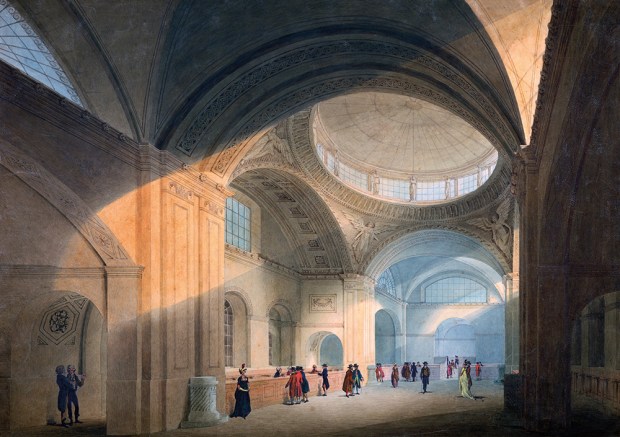
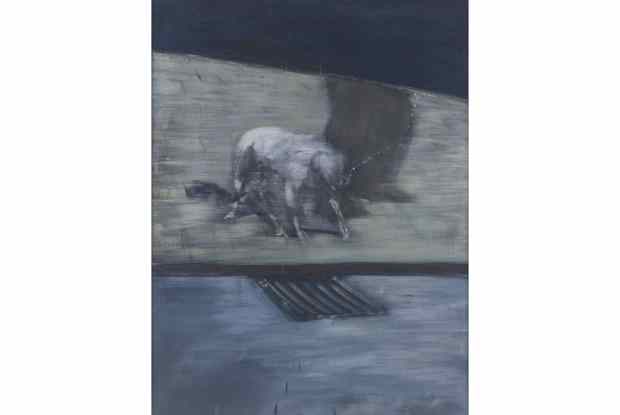








Comments
Don't miss out
Join the conversation with other Spectator Australia readers. Subscribe to leave a comment.
SUBSCRIBEAlready a subscriber? Log in